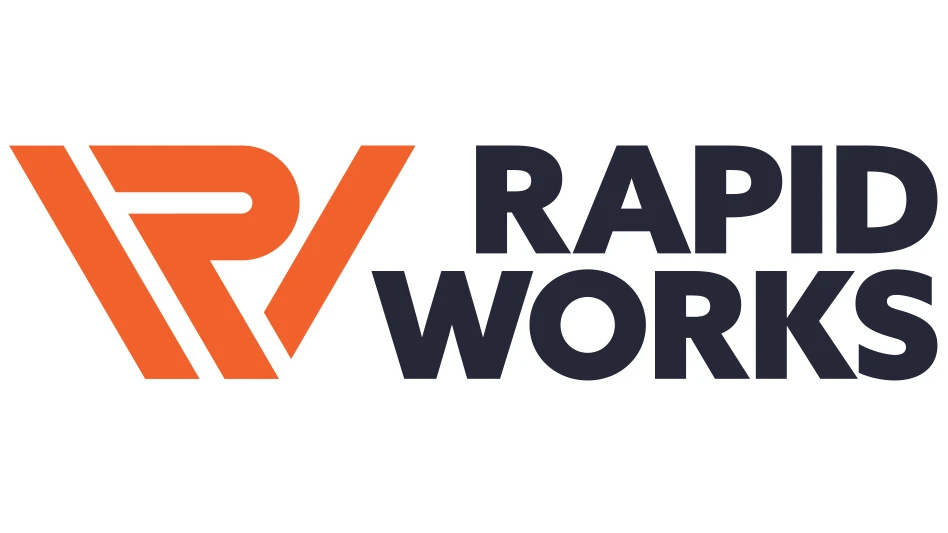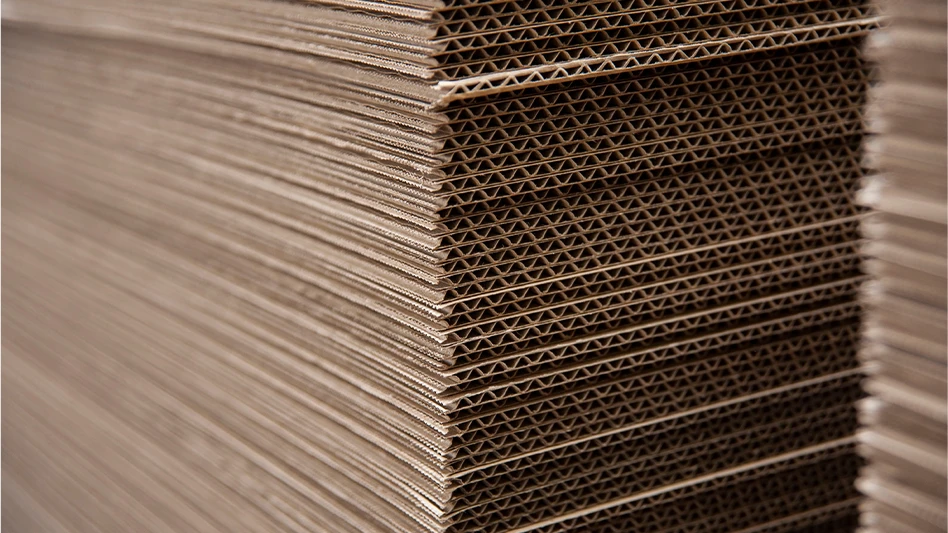
© JDM Photo / stock.adobe.com

The start of the year looked somewhat promising for the stainless steel industry. However, what was first mostly recognized as a “Chinese problem” quickly turned into a global pandemic as COVID-19, the disease caused by the novel coronavirus, reached almost every corner of the world within only a few months. The outbreak caused standstills at several stainless steel mills globally, either from the drop in demand or as a part of lockdown measures to prevent the virus from spreading further. Especially in hard-hit areas in China and Italy, plants decided to shut down for at least two weeks whenever a worker tested positive for the virus. In spite of restarts at most mills, market participants remain cautiously optimistic about the remainder of the year, especially because global stocks of finished stainless steel are at record highs amid the economic downturn.
Consuming market effects
The magnitude of the reduction in stainless steel demand is enormous as it affects virtually all sectors and products where stainless steels are being used. Global economies were hit severely by the coronavirus or, to be more precise, by the measures taken to limit the spread of the virus. The impact is expected to see its peak between February and June, but medium-term effects in some segments will remain until the end of 2020 and long term, even until the second half of 2021 (especially in Europe and America).
In the consumer goods and catering segment, shops are closed or have reduced operating hours. Restaurants and hotels are delaying investments because of profit losses caused by shutdowns and cancellations. The willingness to consume has declined significantly according to several consumer climate indices. Consumers are hesitant to buy durable goods valued at more than $250 as furloughs and reduced hours limit their purchasing power.
As with the consumer goods segment, the automotive industry expects a severe downturn in sales. Even though stimulus programs are planned or already in place, the limitation of household incomes and the general downturn of the global economy weigh heavily on consumer confidence. It is expected that car sales could even decline by 30 percent this year after a somewhat disappointing 2019.
.jpg)
In architecture, building and construction, the coronavirus seems to mainly show short-term effects when it comes to the private housing sector. Major impact occurs, however, with commercial building and construction, such as hotels and airports.
The chemical processing industry and the energy industry also are suffering severely from the harsh drop in oil prices, which even fell into negative territory this April. Capital expenditures upstream and downstream are reduced and postponed, except for companies that produce pharmaceuticals and chemical products for agriculture.
It is assumed that the stainless steel demand in the oil and gas industry will drop massively this year and that a fast recovery is not in sight. 2021 also will remain disappointing as continuous low crude oil prices will make new investments unattractive.

While the pulp and paper industry remains strong, other industries face a negative impact, especially for process equipment, flow control and in the steel and metallurgy sector.
Economic stimuli are and will be important to keep businesses running and to recover from the crisis as soon as possible. But, measures to limit the spread of the virus might develop very differently in each country. Additional partial lockdowns (or other measures) in some countries or areas later this year might be possible if a second outbreak occurs. Thus, logistics and securing supply chains will be a major issue for many companies this year.
Scrap market effects
When we take a closer look at the market for stainless steel scrap, it becomes clear that the economic slump hits the supply chain at several spots. Stainless steel scrap used at stainless steel mills basically is a mixture of revert scrap from the mills themselves, prime scrap from manufacturers and obsolete scrap.
Revert scrap is all the material passively generated within a stainless steel mill, such as scull in the melt shop, coil sides and end cuts in the hot- and cold-rolling mill or recycled metal units from grinding dust. Usually, this type of scrap is remelted internally within three months and does not leave the mill. Depending on the number and depth of downstream production levels, revert scrap is roughly around 12 percent of stainless steel production. SMR forecasts a decline in crude stainless steel production of roughly 9 percent year over year for 2020 and a recovery for 2021 of roughly 12 percent year over year. Less stainless steel production results in less revert scrap available to the respective mills, but the direct impact on the global supply-demand balance for scrap will be limited.
Prime scrap, which is mainly generated in manufacturing stainless steel components from all types of product forms, can be up to 25 percent of the total tonnage of stainless steel being consumed. It also is rated as the second-largest part of the overall scrap volume. Reduced manufacturing activity as well as subdued demand for stainless steel products will strongly affect prime scrap generation. SMR forecasts a decline in stainless steel demand of around 10 percent year over year for 2020 and a recovery for 2021 that will be only around 4 percent more than 2019 levels.
Obsolete scrap accounts for more than half of the scrap volume generated globally; but, at the same time, it is the most difficult type of scrap to quantify and forecast. Its availability is based on two major factors: the average useful product life and the recycling rate, which differ significantly between products and regions. Also, some small and medium scrap collectors tend to hoard material when prices are low and release them once prices have increased again. The coronavirus outbreak resulted in less demolition and limited activity of small and medium scrap collectors. In addition, consumers reconsidered replacing white goods. Thus, we also expect to see reduced availability of obsolete scrap.
.jpg)
The potentially positive price effect created by low material availability and muted scrap flow was mitigated by weak demand from idled or reduced production at stainless steel mills earlier in the first quarter. Mill restarts late in the first quarter and early in the second quarter, however, helped to stabilize prices as of early May and prevent them from dropping further. While a strong connection exists between stainless steel scrap availability and pricing for its main alloying elements, neither nickel nor chrome show clear signals of recovery as of early May.
Stainless steel scrap is always the first choice for stainless steel mills as well as stainless steel foundries. Since the invention of nickel pig iron (NPI), however, scrap has lost its “pole position” in China. The door for imported stainless steel scrap into China was even closed in 2018 as a part of the country’s National Sword policy to limit imports of recyclables. Thus, China’s scrap cycle is mostly closed with only one major producer, Tsingshan, collecting and recycling its own scrap within China.
Industry newcomer Indonesia is largely disconnected from the scrap market as the country’s production is mainly based on virgin materials. Also, the manufacturing industry remains comparatively small in Indonesia, with only limited generation of mill and prime scrap.
Nickel pig iron effects
The success story of NPI, in spite of being one of the most economically unfriendly nickel sources, has entered its 15th year. Because nickel accounts for approximately 75 percent of the value but only roughly 8 percent of volume in 304 stainless steel scrap, the decision against scrap in favor of NPI is very price dependent. As a rule of thumb, the higher the nickel price, the bigger the advantage of using NPI over scrap.
Recent political developments are expected to reshape the future of the NPI supply base not only in Indonesia but also in China. Starting from January, Indonesia reimposed the ban on exports of laterite nickel that was first seen in 2014 to further strengthen its domestic nickel production base. Also, the country’s Ministry of Energy and Mineral Resources decided to implement a floor price for laterite nickel ore as of May 14 as local smelters started to capitalize on the ban, which resulted in artificially low ore prices. The minimum price will lead to increased costs for nonintegrated NPI smelters and, therefore, also increase raw material costs for NPI-based stainless steel producers.
However, the ore ban and the increased costs for NPI are expected to have a major impact on Chinese stainless production. Indonesia exported more than 31 million wet metric tons of nickel ore to Chinese NPI producers in 2019, a supply gap that needs to be filled by other countries. After the ban in 2014, the Philippines stepped in as a major supplier but with ore of a much lower quality. As in 2019, China already has imported more than 30 million wet metric tons of nickel ore from the Philippines, but it is unlikely that the country will be able to make up for the full loss in supply. Thus, other countries will need to step in place with more costly substitutes.
Alternatively, higher imports of other nickel sources, such as ferronickel, which already saw a strong increase last year ahead of the ban, will be necessary.
What could turn out as a real game-changer in the long run would be a modification of the policies for the import of stainless steel scrap into China. Especially now with the uncertainty over future nickel ore supply for domestic NPI producers and cheap nickel sources for stainless steel plants, China could change its policies. For example, China is reclassifying specific high-quality copper and aluminum scrap categories as recyclable raw materials that will not be subject to import quotas to avoid undersupply that would occur as a result of the government’s intention to ban the import of any materials considered “solid waste.” Because China produces more than 55 percent of global crude stainless steel, easing the ban would significantly change the competitive playfield in terms of raw material sourcing for scrap-based stainless steel producers globally.
The changing supplier landscape for nickel likely will increase competition for raw material globally, especially if China should decide to tap into international scrap resources again.
To sum up, the market for stainless steel has been heavily slowed down throughout all stages of the supply chain. Stocks of finished stainless steel are waiting in warehouses, while demand has taken a low blow and will take time to recover. The lack of need for “fresh” stainless steel limits the appetite for raw materials, which is reflected in low prices for nickel and chrome. Stainless steel scrap, however, is being consumed whenever it is available, and a surplus of it is very unlikely as scrap generation and scrap collecting have significantly slowed down since the COVID-19 pandemic began.

Explore the June 2020 Issue
Check out more from this issue and find your next story to read.
Latest from Recycling Today
- ReMA to launch virtual fiber-focused event
- DuPont announces winners of Tyvek Sustainable Healthcare Packaging Awards
- HRH Metals gets new owner
- ESGL files provisional patent for acidic waste metal recovery technology
- Alabama awards $2.5M in grants to boost recycling efforts
- Sourgum expands services to Indianapolis
- Tomorrow Recycling seeks investment opportunities
- ArcelorMittal endorses EU steel trade measures






